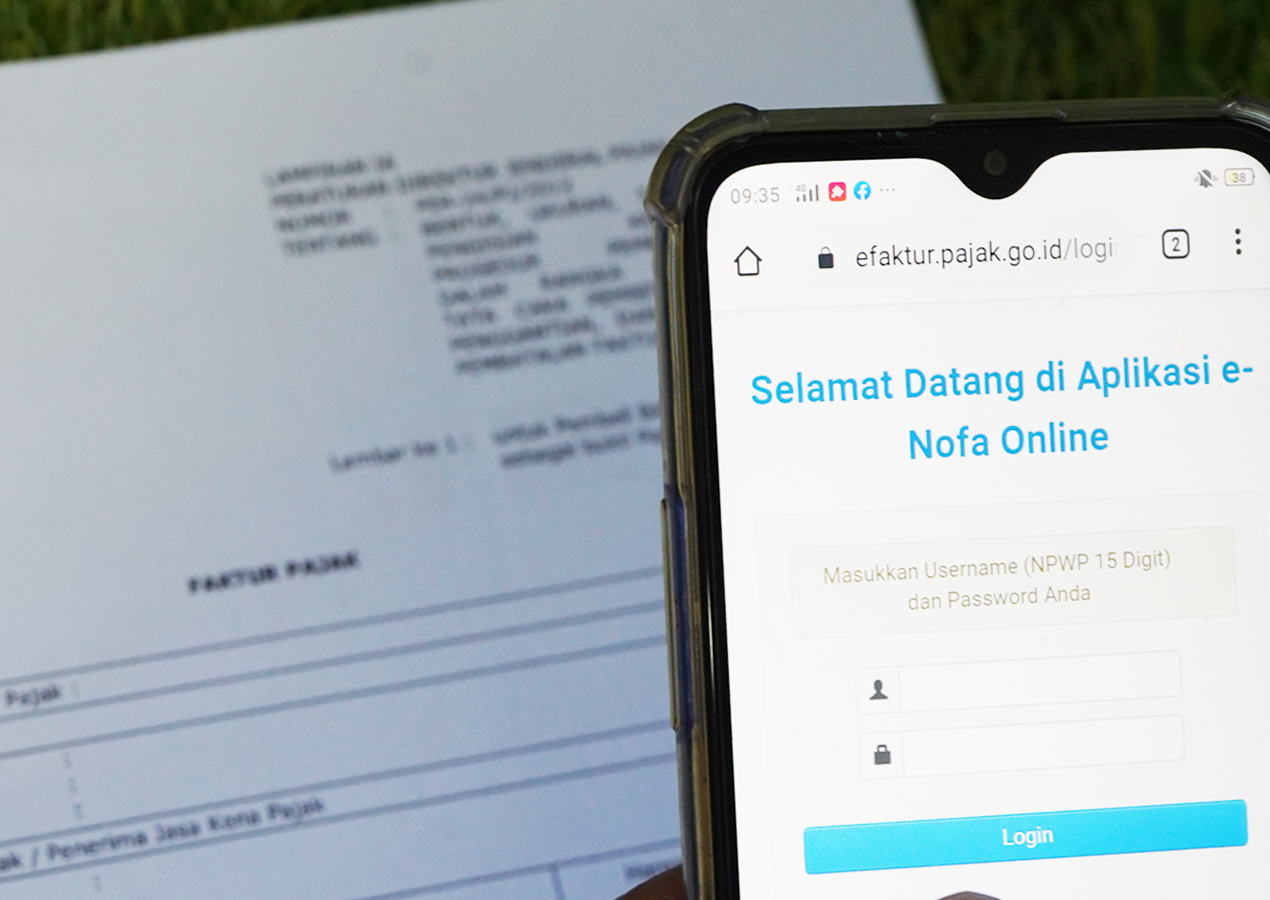Quota Abolished, VAT-Registered Persons May Request Invoice Numbers as Needed
Tuesday, 10 March 2020

JAKARTA.The Directorate General of Taxes (DGT) relaxed the requirements for requesting a Tax Invoice Serial Number (Nomor Seri Faktur Pajak/NSFP) as many as required by the Taxpayer without limitation. This provision applies to Taxpayers who have just been confirmed as VAT-Registered Persons (Pengusaha Kena Pajak/PKP), PKPs who have centralized the location of the Value Added Tax (VAT) payable, and PKPs that have increased their businesses.
So far, only a maximum of 75 invoices that can be requested by new Taxpayers or PKPs who have never issued any invoice, as well as Taxpayers who, in three tax periods, have only issued a maximum of 75 invoices. Meanwhile, Taxpayers who have issued more than 75 invoices in the last three tax periods may request for NSFPs of more than 75 invoices up to a maximum of 120% of the number of invoices issued during the period.
Read: Alternative Solution of International Tax Disputes
This provision is regulated under DGT Circular Number SE-08/PJ/2020, issued and took effect on 27 February 2020. This regulation replaces SE-20/PJ/2014 concerning Procedures for Requesting an Activation Code and Password, Request for PKP Account Activation and Electronic Certificates, as well as NSFP Requests, Returns, and Oversight.
Taxpayers who have just been confirmed as PKPs can apply for a certain amount of NSFP if the application is submitted no later than three tax periods after being confirmed. Meanwhile, for PKPs centralizing their VAT payable, the application can be submitted no later than three tax periods after the centralization is done.
Situational
Regarding PKPs expanding their businesses, the request for a certain amount of NSFP is done situationally or for the tax period when such conditions occur. In the next tax period, the PKPs must resubmit the application for NSFP with the amount as in normal conditions (see table 1).
To be able to use this facility, there are several requirements that must be fulfilled. The first is having an activation code and password. Secondly, the PKP account has been activated. The third, the Periodic VAT Returns for the last three tax periods have been reported, the due date of which is the same as the filing date of the NSFP application.
Read: The Importance of Independence and Openness in a Tax Objection Process
Unlike the procedure in filing regular NSFP applications, certain amount requests can only be submitted to the Head of Tax Office (Kantor Pelayanan Pajak/ KPP) or the Office of Counseling and Consultation Services (Kantor Pelayanan Penyuluhan dan Konsultasi/KP2KP) along with the requirements. The request will be accepted and examined, then decided whether the application is approved.
NSFP applications are generally done in two ways: online through the DGT official website or directly to the KPP and KP2KP (see table 2).
Table 1: Provisions for a certain amount of NSFP applications:
Taxpayer |
Description |
Time |
|
A PKP who has just been confirmed |
Submitted maximum in 3
tax periods |
The NSFP is
published on the date when the file is completely received |
|
A PKP who centralizes
the VAT payable |
Submitted
maximum in 3 tax periods |
The NSFP is
published on the date when the file is completely
received |
|
A PKP who has its business
increases |
Situational, only when there is an increase
in business |
The NSFP is
published on the date when the file is completely received
|
|
Taxpayers |
Description |
Time |
|
|
Online |
Offline |
||
|
New PKPs or have never
submitted any NSFP |
A maximum of 75
NSFPs |
Downloaded on the
same day |
Received on the
same working day |
|
PKPs who, for
three tax periods, have issued ?75 invoices |
A maximum of 75
NSFPs |
Downloaded on the
same day |
Received on the
same working day |
|
PKPs who, for
three tax periods, have issued ?75 invoices |
75 NSFP-120% NSFP |
Downloaded on the
same day |
Received on the
same working day |


